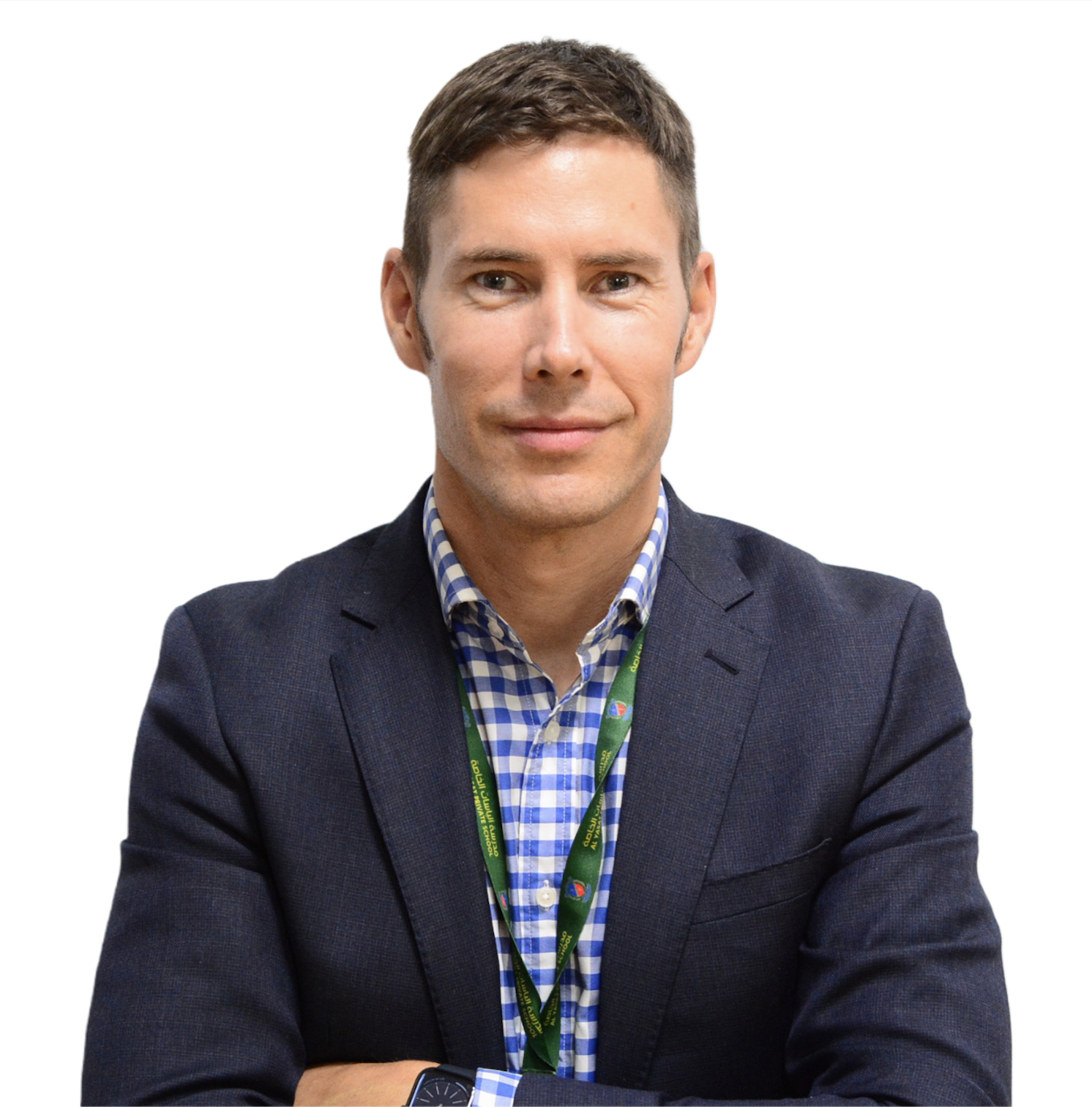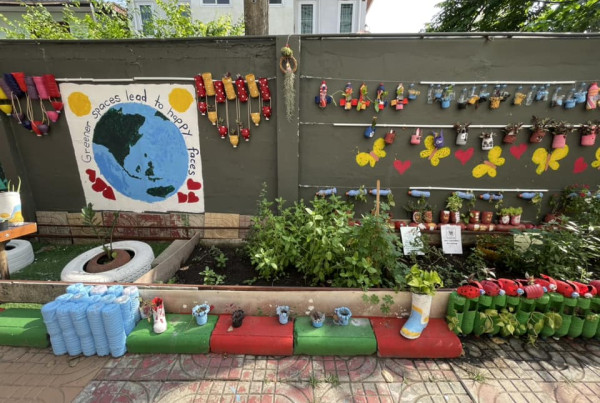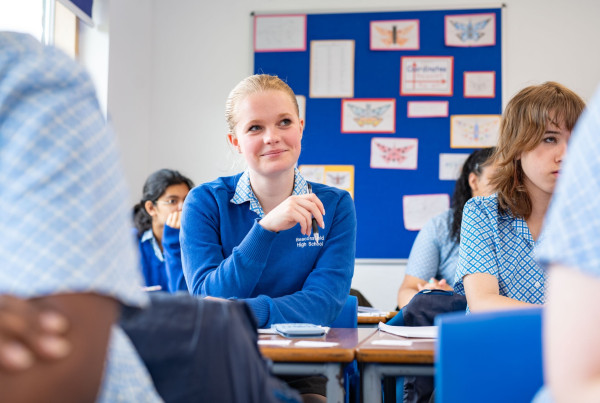The following article comes from Dale Giesbrecht, Academic Vice Principal at Taaleem Education, UAE.
At our school, and in Taaleem as a whole, sustainability is not just an add on—it is a mindset that begins with a clear vision and a deep passion for community involvement and environmental protection. We believe that every child should not only be literate and numerate, but also environmentally literate: able to understand ecosystems, make responsible choices, and lead change in their communities. This conviction shapes our curriculum, our campus, and the daily habits we cultivate together.
Partnerships that multiply impact
We are proud to partner with The Alliance for Sustainable Schools (TASS) and the Emirates Environmental Group, two organisations that amplify student voice and connect our work with regional and global best practice. Through these partnerships, our students access workshops, audits, and challenges that set a high bar for environmental action while offering expert guidance and community networks. Recently, our Eco Team and student TASS representatives met their TASS ambassador colleagues from around the world online. During that meet up, students were tasked with completing a biodiversity audit using AI tools to identify plant and animal species around the school. As part of the audit, we set clear goals to increase biodiversity on campus and to reduce our school’s environmental footprint.
Our ongoing partnership with Zorah Reserve in Ajman has given students a unique opportunity to contribute directly to local ecosystem health. On multiple visits, students have planted mangroves, a hands-on experience that has deepened their understanding of coastal protection, carbon sequestration, and biodiversity. Standing at the edge of shallows, placing a seedling into the mud, and returning months later to see it take root has been a rewarding experience where students have witnessed their impact.
Student Leadership Development
A core pillar of our approach is developing strong student leadership. We have developed a team of driven, passionate student leaders who champion sustainable practices across the school. These students mentor younger peers, and serve as the visible face of our green initiatives.
Their role is not ceremonial: they gather feedback, track progress, and help evaluate impact. In doing so, they experience real agency—seeing their ideas move from a proposal to measurable change.
Outdoor Spaces that Teach and Nourish
Learning happens best when it is anchored in authentic experiences. Over the last year, we have transformed our outdoor spaces into living classrooms that foster local food production, environmental exploration, and strong biodiversity—all tightly connected to the science curriculum.
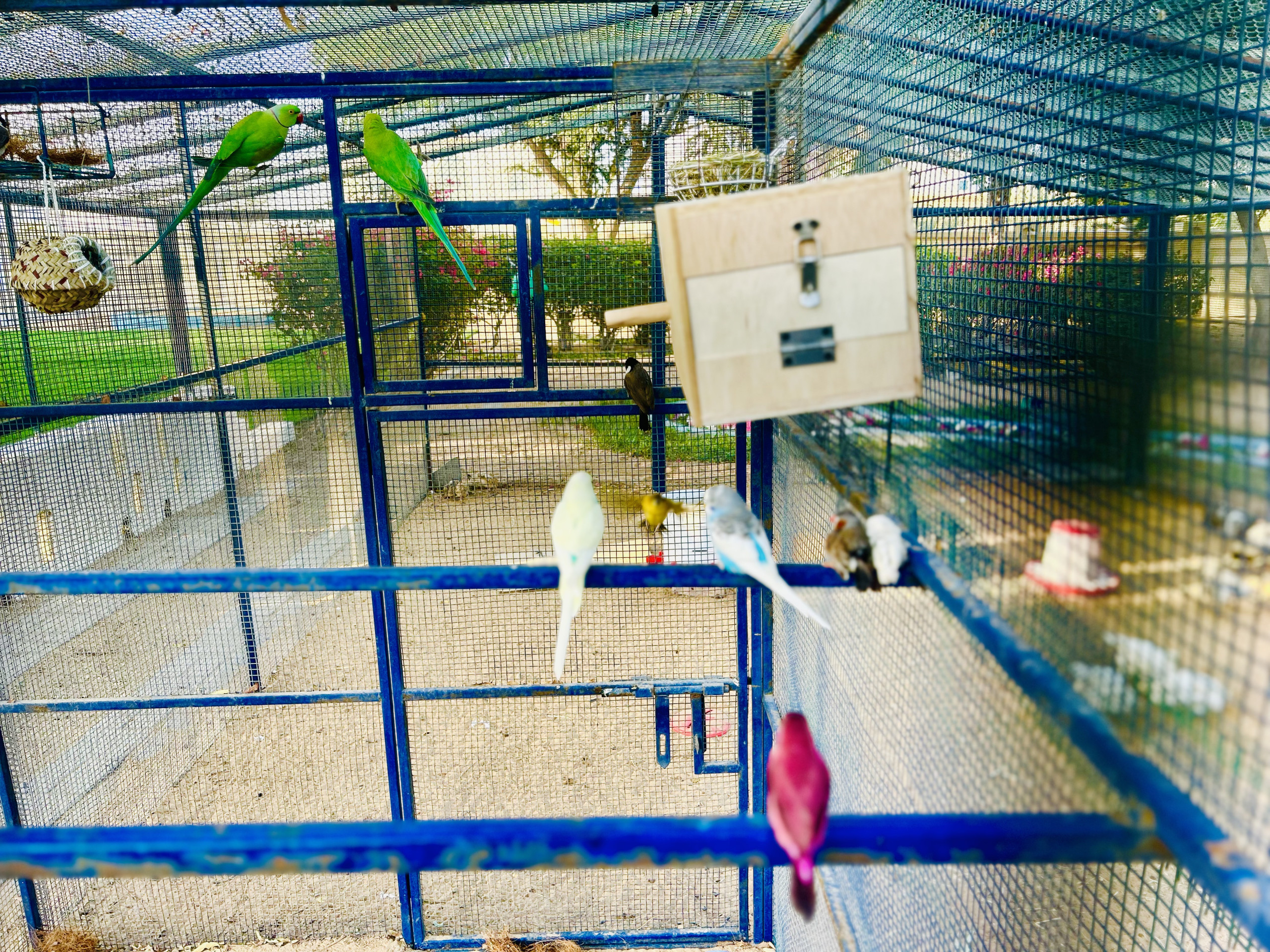
Students explore habitats, observe life cycles, and examine food webs first-hand. We have introduced chickens, parrots, and other birds to enrich these experiences and support responsible animal care. A highlight for many classes is the opportunity to monitor incubated eggs—observing the stages of development and recording data as embryos mature toward hatching. These moments have turned abstract concepts into tangible learning and built a deep respect for living things.
Our student-led gardening program has flourished into a vibrant, productive space. Learners plan, plant, and maintain beds that produce a wide variety of vegetables across the seasons. Gardening lessons teach patience, responsibility, and the joy of eating food they have grown themselves—values that stay with them well beyond the school gates.
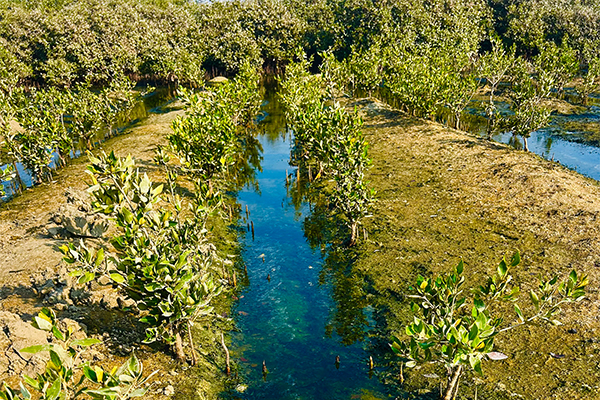
Turning Waste into a Teachable Moment
Waste is one of the most visible—and solvable—environmental challenges within a school. We monitor and separate our local waste by teaching students how to manage materials responsibly from the point of use to the point of disposal. This year’s priority is upcycling: we encourage learners to design creative ways to reuse items that might otherwise be thrown away. Sustainability is as much about everyday habits as it is about special projects.
Our healthy eating campaign has significantly reduced wrapper waste while promoting nutritious choices. Through a mix of student leadership, practical tips for lunch planning, and positive recognition, we have seen clear improvements in both the contents of lunchboxes and the cleanliness of our shared spaces. When students connect health, learning, and the environment, better choices become a daily norm.
Sustainability in the Curriculum
Learning how and why to make healthy and responsible choices originates from practical and meaningful experiences in nature, but also by learning the theory in the classroom through literature, incorporation of world cultures and through the use of AI. Most recently, our Gifted and Talented students engaged in an enrichment project of developing their ideal sustainable community by tasking AI to take on the role of ‘Sustainable Community Developer.’ In preparation for International Day in term 2, students are studying their chosen country, researching its environmental challenges and exploring solutions. Literature in English Language Arts also focuses students on environmental protection.
A Culture of Stewardship
Sustainability at our school is not a single initiative—it is a culture. It lives in the way we plan lessons, care for animals, sort our waste, grow our food, and spend time outside. It shows up in student leadership meetings, in lunchtime conversations about wrappers, and in muddy shoes after a morning in the garden. Most of all, it shows up in our students: curious, confident young people who understand the local UAE environment and feel responsible for it.

